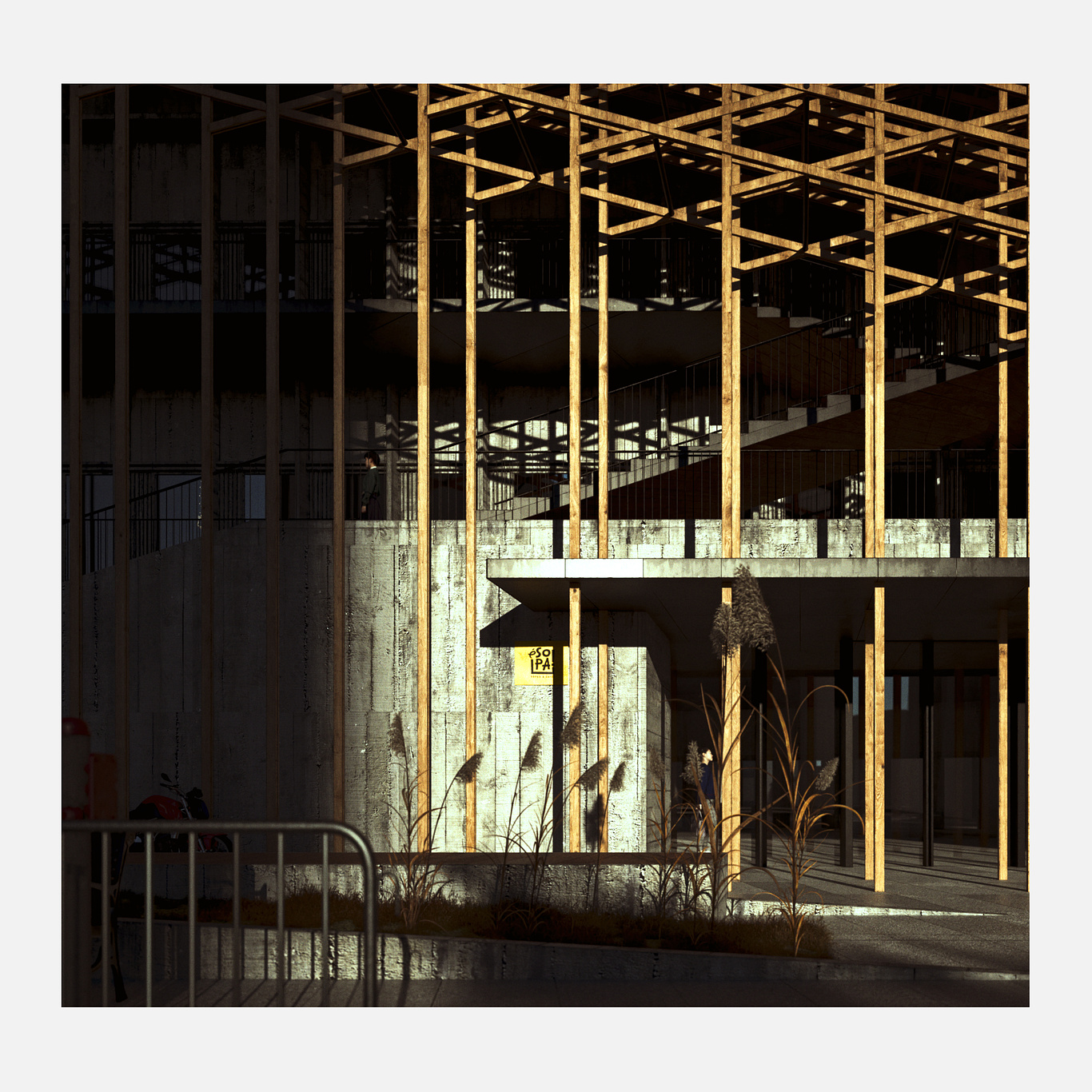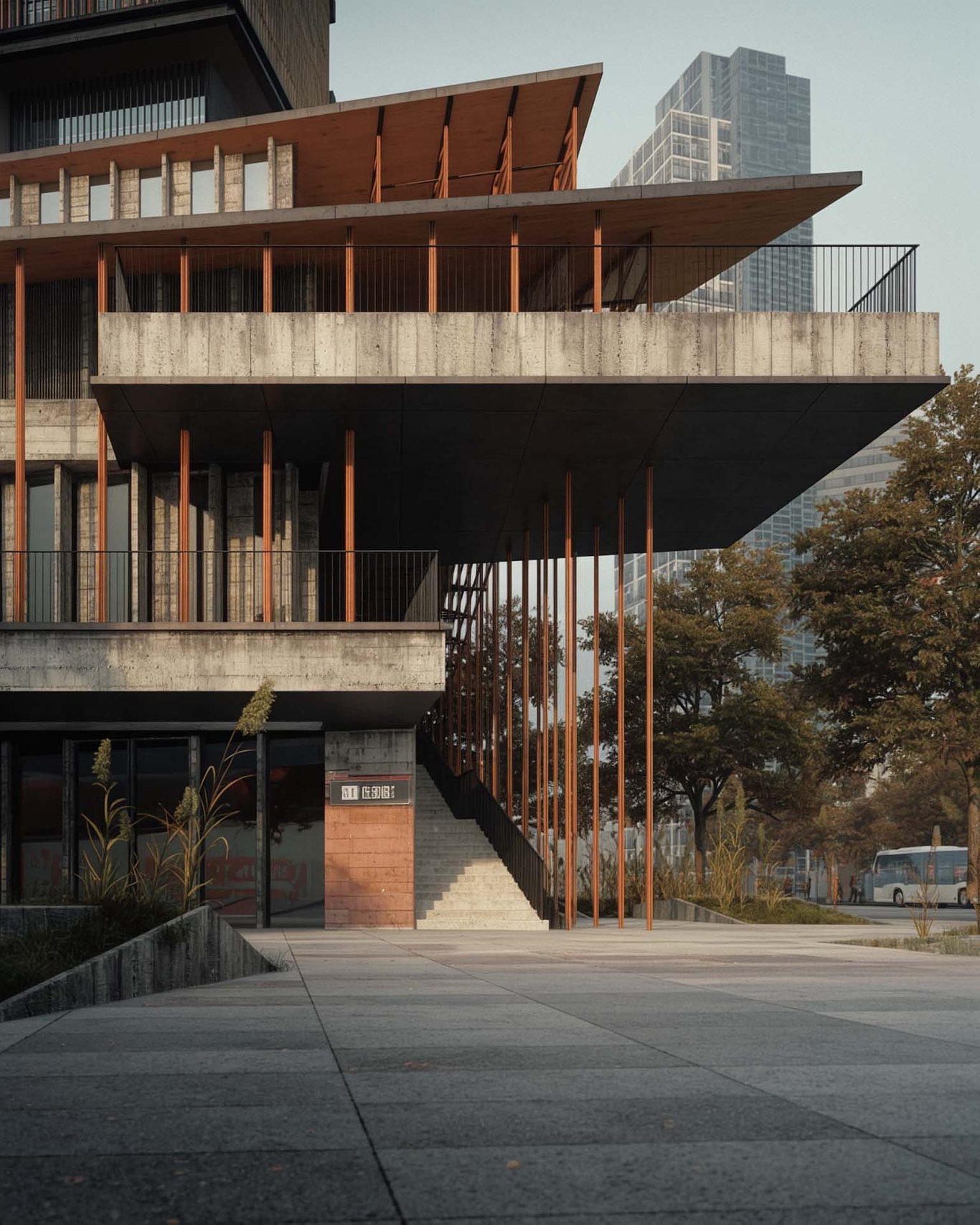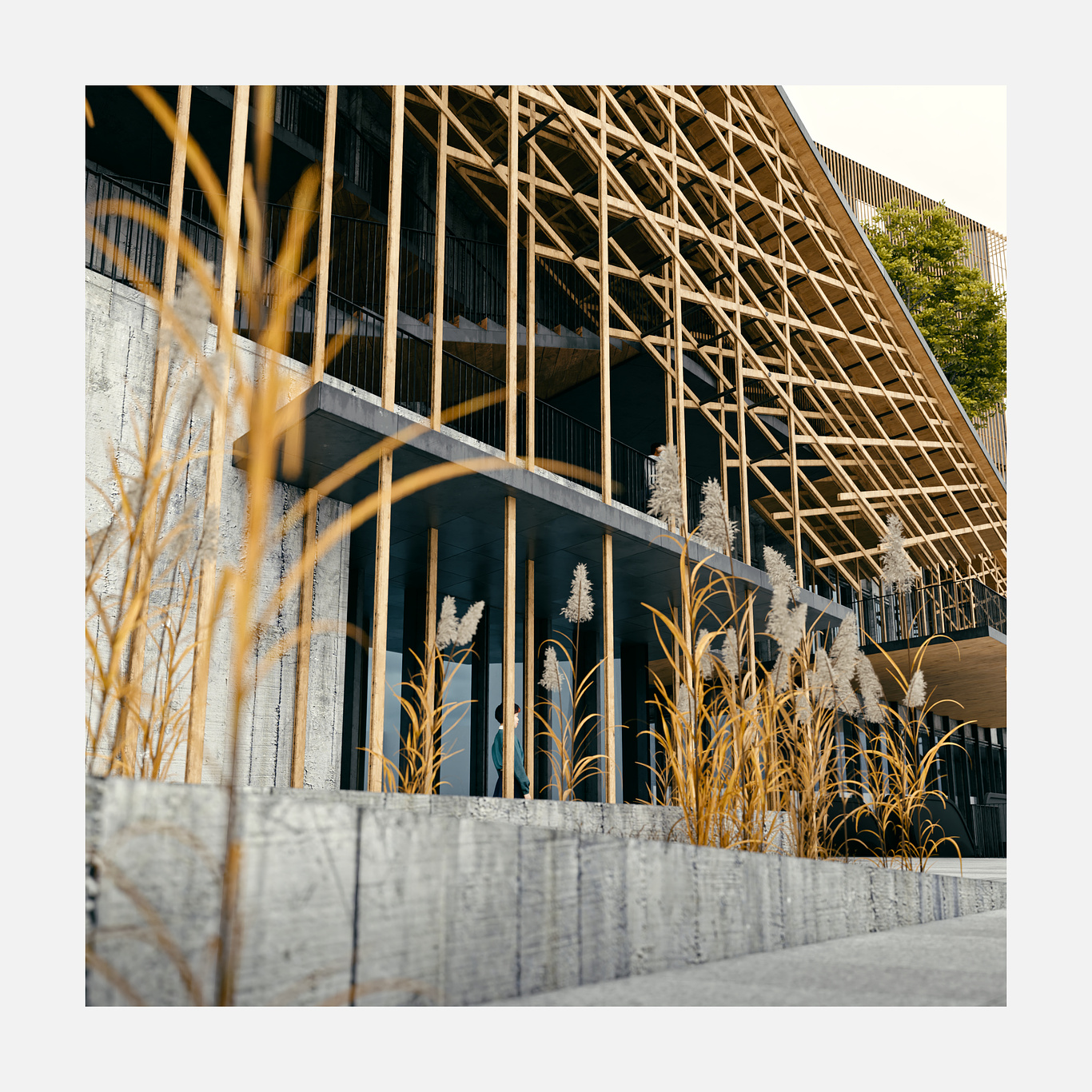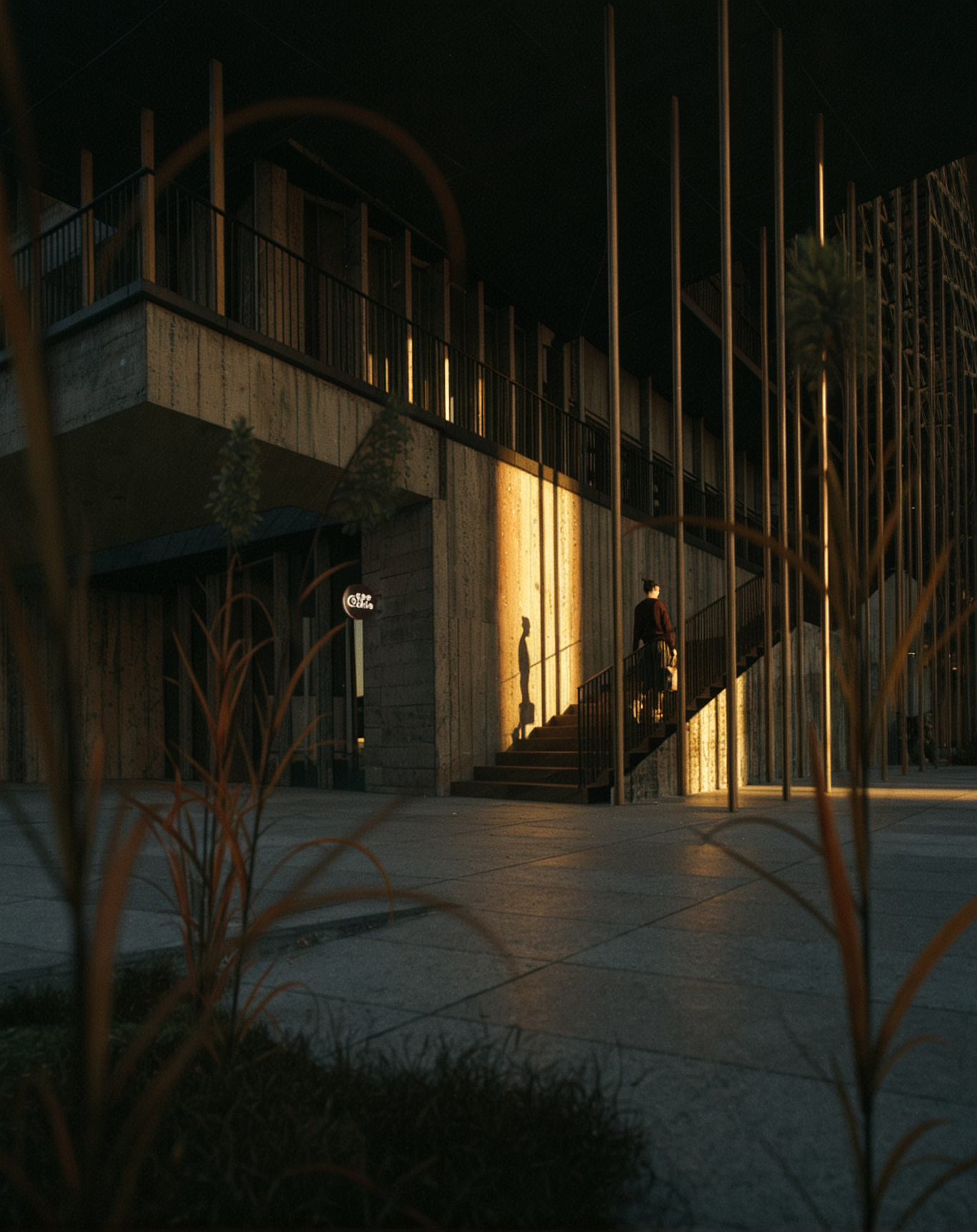Articles
Why Are Most Renderings Just "Sugar Water"?
Delicacy and beauty are undoubtedly the most efficient ways to garner appreciation; they fall within the realm of “efficiency.” Creators either cling to the biggest stakeholders or cater to the masses' aesthetic preferences. A sprinkle of sugar water, and the crowd roars in approval. In the design field, more and more rendering suppliers approach me, hoping for long-term collaboration. The reason is simple: their renderings are "high quality." However, this so-called "quality" often equates to “sugar water renderings.”
Why does the design industry tend to favor “sugar water renderings”? We live in a “fast food” era, where the ability to quickly stimulate the brain and provide a dopamine rush has become the most mainstream demand. While this rush is cheap, it’s this very speed that creates more opportunities.
The term “sugar water renderings” comes from the photography world’s “sugar water photos.” They quickly win favor, appealing to the base instincts of human nature: survival and sexual attraction. The shared characteristics of sugar water renderings are: clarity, delicacy, and beauty. Simply put, they neither challenge aesthetic boundaries nor offend any audience’s visual habits.
However, architectural and urban design is an extremely complex process—not necessarily due to technical difficulty, but because of the need to coordinate among multiple parties and align the interests of various stakeholders. The more complex the decision chain, the more a low-risk communication tool is needed. And sugar water renderings happen to be the perfect tool in this process because they serve as the common intersection of diverse values.
Many people believe that renderings are a tool for designers to express their ideas. On the surface, this seems true, or at least a more polite way of putting it. But if we conduct a simple test, the answer may not be as clear-cut.
A. The rendering fully expresses the designer's ideas, reflecting the artistry and uniqueness of the design.
B. The rendering fails to fully express the designer’s vision, but the project is secured.
Most designers, when faced with this choice, would opt for B. This is not because they have abandoned self-expression, but because a designer’s expression is always inherently purposeful. Renderings are not meant for self-indulgence; they serve the needs of the "gods"—those decision-makers who must be pleased.
Thus, designers sometimes present suggestions that seem “lowbrow.” These suggestions don’t represent their personal aesthetic but are compromises driven by practical needs. Over time, many designers internalize these compromises, allowing them to become part of their creative process.
The design field, like any form of social collaboration, is not necessarily about pursuing “truth” or “correctness,” but about achieving consensus. In complex social collaborations, no individual’s aesthetic taste is purely self-expressive. In the end, sugar water renderings don’t need to push the boundaries of art or break established norms; they simply need to fit within the majority's recognition and cater to mainstream aesthetics. When viewed as a tool, this conclusion is inescapable.
You must be logged in to post a comment. Login here.










I enjoyed your article. Acceptance of renders sometimes is down to the eye of the beholder. I get different audience approvals on different art platforms, and your article brought all my thoughts together . Well done.